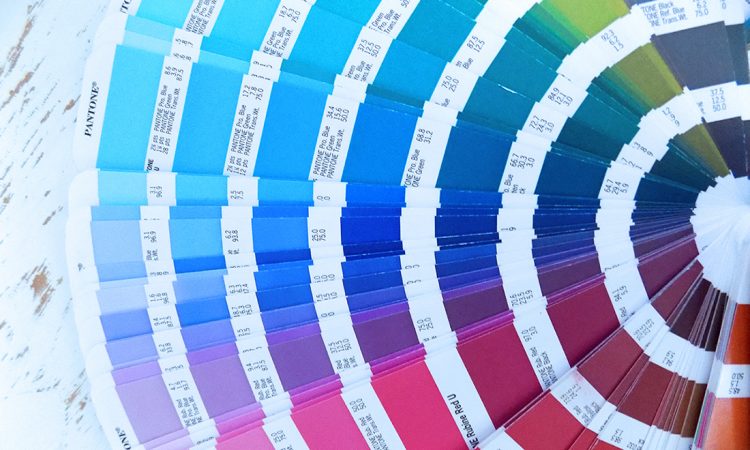Before we get to the specific colors, a condensed and possibly, over simplified description of the color wheel and some terminology on the subject. Most color theory, and color psychology use this model.
In general, primary colors are red – yellow – blue. They can not be mixed or formed by any combination of other colors. In some mediums, these three colors make all the other colors. They are also used to create the secondary colors.
Secondary colors are purple, green, and orange. They are created using two of the primary colors. To be specific: red + blue = purple / blue + yellow = green / red + yellow = orange
Tertiary colors take secondary colors one step further. They are the “two-name” colors, such as red-purple, red-orange, yellow-green, etc. The main color is stronger than the mixer – creating something closer to the primary color.
Primary, secondary, and tertiary colors, without the addition of white, black, or a third color, are pure (or saturated) colors. They are intense, bright, cheery, and untainted colors.
Add white to any pure color, to create a tint. These colors are also called pastels. They are lighter than a pure color, and not as intense. When black is added to a pure color, it creates a shade. When gray (black + white) is added to a pure color, the color becomes a tone. Blues and greens are cool colors and the warm colors are the yellows and reds.


